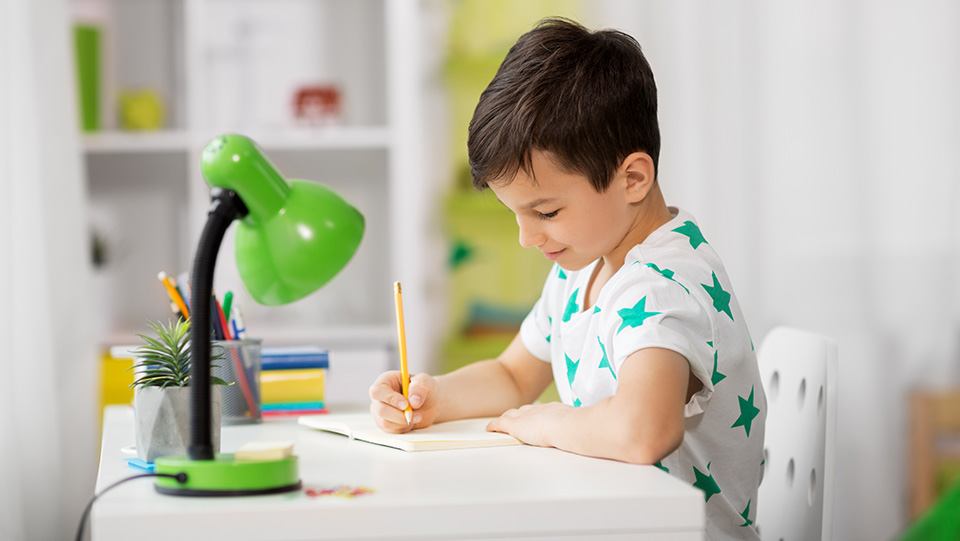
Early primary:
- Make a quiet, comfy spot for reading and drawing.
- Keep pencils, paper, and books easy to reach.
- Use bright colours or fun decorations to make it inviting.

These skills go beyond school. When children learn to manage their time, space, and emotions, they build habits that will help them in school, further study, work, and life.
We set up a small desk in the lounge room for Milla, and added a calendar where she writes her weekly goals. It's made a big difference. She feels more in control and proud of her space.




Explore the resources below.

Your Family Partnership Coordinator is here to support you through each stage of your child's educational journey.
They can support you to problem-solve any challenges that may come up that affect your child's education.
They can also connect you to educational support programs or services in the community if you decide that's what you need.
You can find your Family Partnership Coordinator's contact details in My Smith Family.
End of article